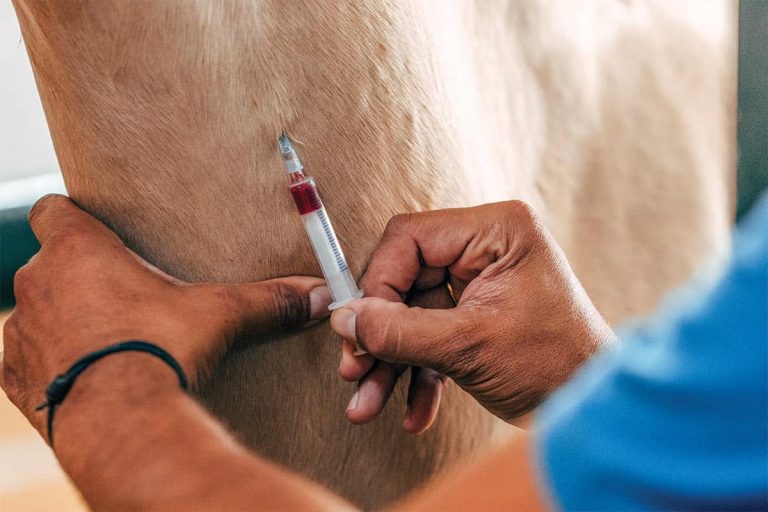Nutrition, Senior Horse Care to be Featured at 2011 Bi-State Horse Workshop
Midwest horse enthusiasts are encouraged to register for the Illinois/Wisconsin Bi-State Horse Workshop on April 2, at the Kenosha County Center in Bristol, Wis. A full-day program organized and sponsored by Illinois and Wisconsin Cooperative
























